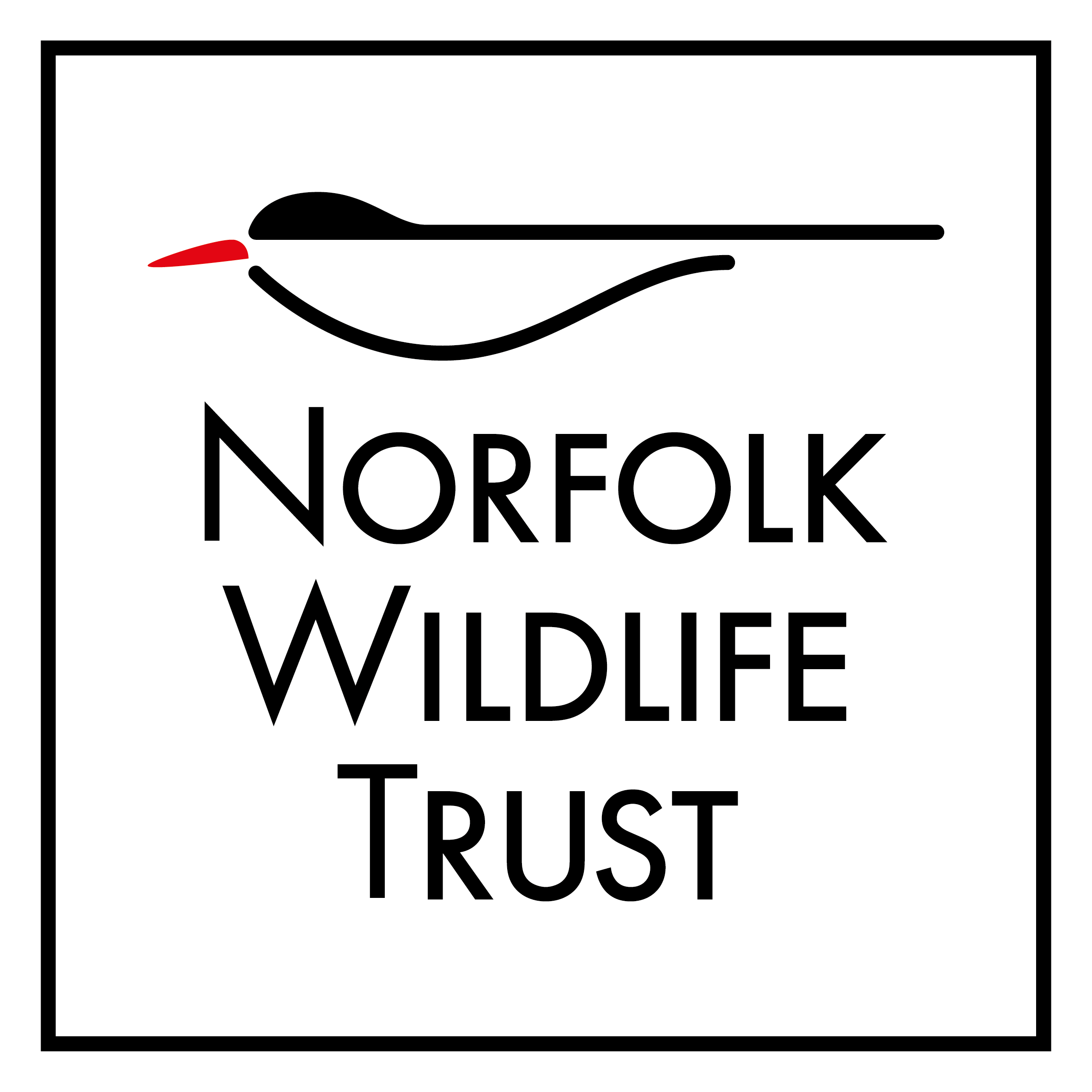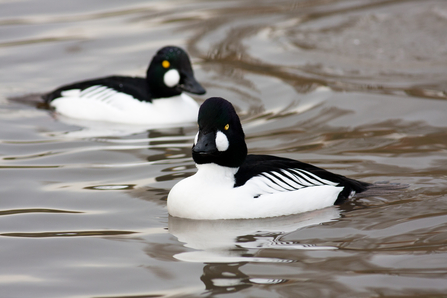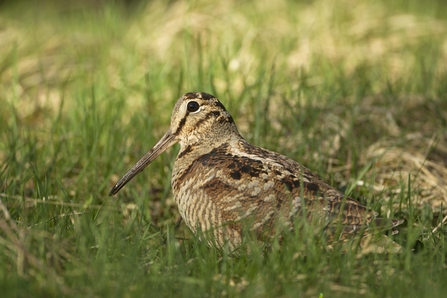Although associated with snow and ice, December is by far our mildest winter month. Even in the dying weeks of autumn we experience at least one sharp frost, and often sleet showers too. To prove my point, at the time of writing, a reasonable dusting of snow settled in the Broads and around the North Norfolk coast.
For decades, the period around the festive season has been almost predictably mild. On several occasions my Christmas Day stroll to the pub and back has been in a t-shirt! And it’s not unusual to find the odd common darter still on the wing quite deep into the month. Despite the moderate weather, ducks will begin moving in from the continent in greater numbers, joining the ‘wild’ geese and swans already here from the Arctic Circle.



